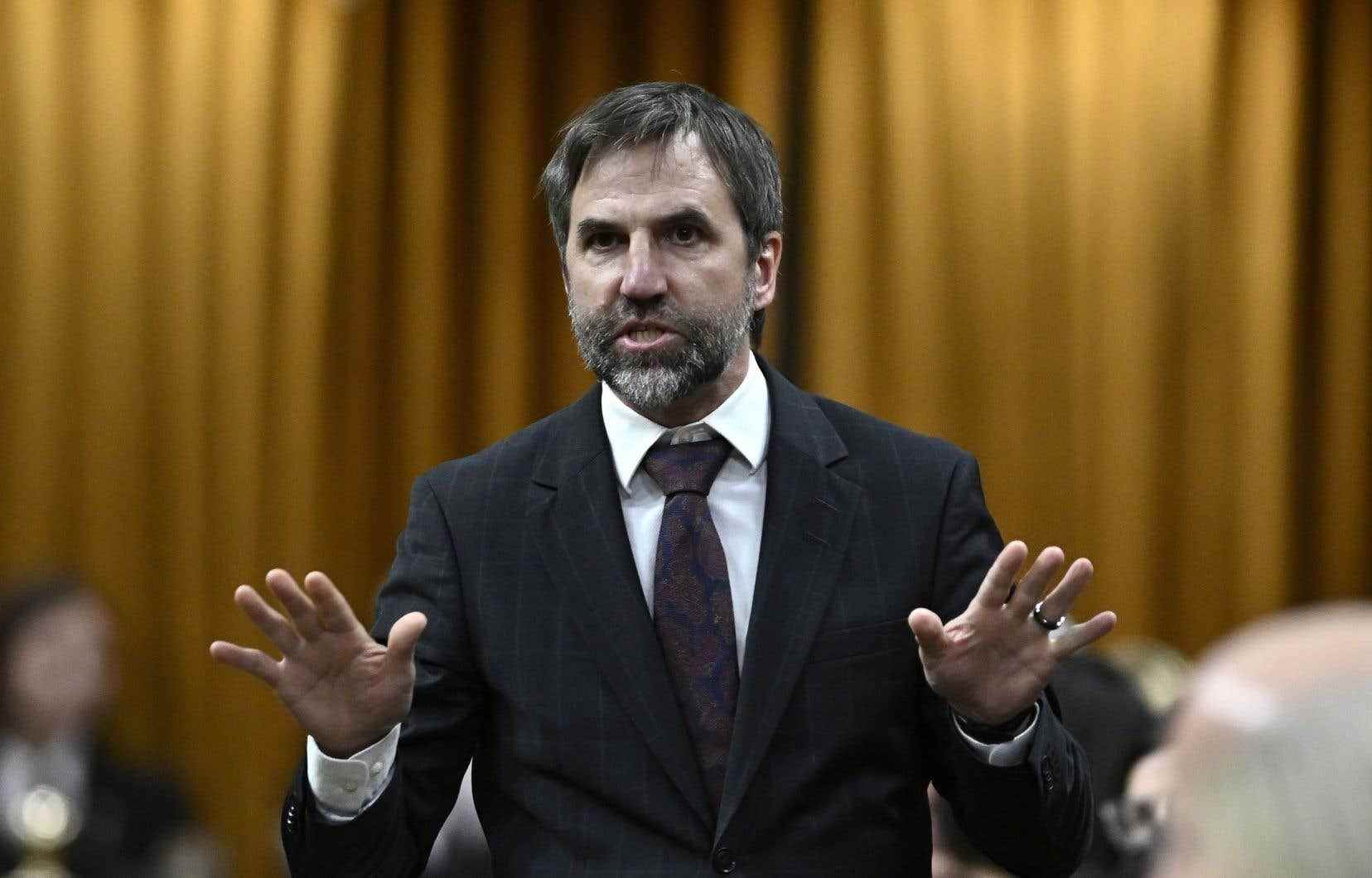Canada’s carbon dioxide emissions have rebounded in 2021 after falling sharply in the first year of the COVID-19 crisis, and experts believe they will rise even more this year as the return to normal s is accelerated.
The European Emissions Database for Global Atmospheric Research shows that emissions of CO2 of Canada increased by 3% in 2021, after having fallen by nearly 10% in 2020.
This is in line with the global trend reported by the Global Carbon Project during the UN climate talks, which are taking place in Egypt. Emissions in 2021 have returned to 2019 levels, and they are expected to increase by 1% this year compared to 2019.
And by the end of 2022, the concentration of greenhouse gases in the atmosphere will be 51% higher than in pre-industrial times.
Yet Canada’s Environment Minister, Steven Guilbeault, says he’s more optimistic than ever that Canada and the rest of the world will be able to meet the Paris Climate Accord. “We have made huge progress,” he said from Egypt, where he is attending COP27.
“If you had asked me this question seven or eight years ago, projections indicated that we were heading towards a world where the warming would be between 4 and 6°C. After Paris, the assessment was that we were heading towards a world where temperature increases would be around 2.8°C. »
“Too many, but huge progress”
Minister Guilbeault noted that reports have shown that if all the countries that have promised to reduce their emissions follow through on their commitments, the increase could be limited to between 1.7°C and 2.4°C. This downward shift from as much as 6°C to 1.7°C has happened over roughly a decade, observed the minister, who believes that “it’s still too much, but we’ve done some huge progress. There is still a lot to do. »
When it comes to reducing emissions, Canada lags behind its peers.
The Global Carbon Project says the greatest hope for containing global warming is that 24 countries experienced significant economic growth between 2012 and 2021 while reducing their emissions. However, Canada is not among them; it is the only G7 country not on the list, with stable emissions between 2012 and 2021.
European data shows Canada’s carbon emissions grew the slowest of any G7 country in 2021, but also shows Canada has done the worst job of any G7 country in reducing CO emissions2 since 2005.
Over the next 16 years, CO emissions2 of Canada decreased by 3%. Japan has reduced its carbon dioxide emissions by 16% since 2005, the United States by 20%, Germany by 21%, France by 26%, Italy by 36% and the United Kingdom by 40 %.
And the data shows that Canada is the only G7 country whose emissions of methane and nitrous oxide have increased between 2005 and 2021. Its methane emissions have increased by 2.7%, while those of nitrous oxide have increased jumped 18%.
Ottawa has promised that by 2030, total emissions will be reduced by 40% to 45%.
The impact of fossil fuels
Canada is facing exponential growth in oil production, as emissions growth in this sector has wiped out progress in other sectors.
Canadian environmental groups attending the summit in Egypt this week were hoping Minister Guilbeault would unveil the cap on oil and gas emissions he promised at last year’s climate talks in Glasgow. But the Government of Canada does not plan to release details of the cap until next year.
Aly Hyder Ali, program manager for oil and gas at Environmental Defence, said Canada is risking its reputation as a climate leader if its promises are not more than just words. “We just need to see those commitments and promises turned into action with legitimate pathways and plans in place,” he said.
